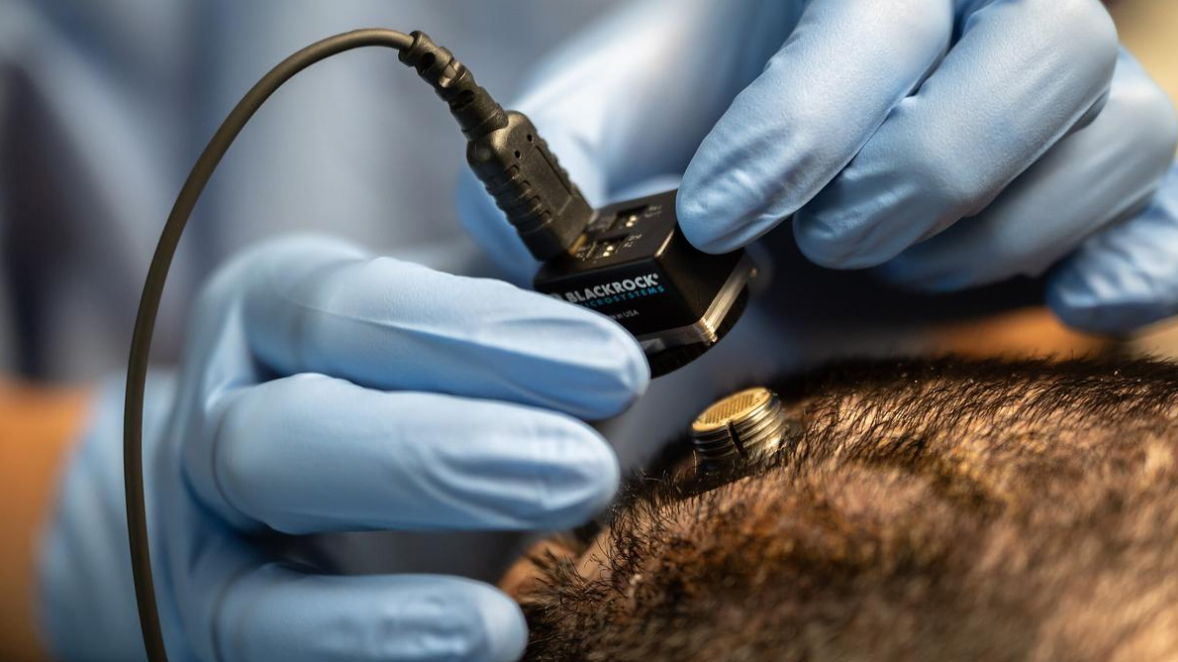



A report on public-funded R&D in India highlights limited support for startups, low industry collaboration, and mixed contributions to national missions. While funding and young researchers are increasing, staffing challenges persist. Recommendations include fostering industry partnerships, supporting deep tech startups, enhancing collaborations, and increasing permanent staff and gender diversity.

Copyright infringement not intended
Picture Courtesy: THE HINDU
Assessment of public-funded research and development in India.
A detailed report titled "Evaluation of Innovation Excellence Indicators of Public Funded R&D Organizations" was released by the Office of the Principal Scientific Adviser to the Government of India, in collaboration with the Confederation of Indian Industry (CII) and the Centre for Technology, Innovation, and Economic Research (CTIER).
The study uses an online questionnaire to collect data from 244 R&D organizations. The questionnaire covers 62 parameters, including:
Limited Support for Startups:
Low Industry and Global Collaboration:
Mixed Contribution to National Missions:
Staffing Challenges:
Positive Trends:
Technology Development:
|
The findings suggest that while some labs contribute to innovation, many fall short in collaboration with industries, supporting startups, and aligning with national goals. |
Labs must review their goals and focus on Viksit Bharat (Developed India by 2047). They should prioritize critical technologies like advanced manufacturing, clean energy, or quantum computing, as directed by the government, and act urgently (“on a war footing”).
Labs should partner with industries to develop technologies that meet market needs. This includes sharing research facilities and co-creating products.
Labs should set up Section 8 companies (non-profit organizations under the Ministry of Corporate Affairs) to fund and mentor startups, especially in deep tech.
Labs should allow external researchers, students, and industries to use their equipment and labs, fostering collaboration.
Labs should work with higher education institutes to train students, share knowledge, and develop innovations together.
Increase the number of women and young scientists. Reduce reliance on contractual staff by hiring more permanent researchers.
Must Read Articles:
STATE OF SCIENCE RESEARCH IN INDIA
Source:
|
PRACTICE QUESTION Q. "India's investment in R&D has remained stagnant at around 0.7% of GDP for over a decade." Critically examine the structural and institutional bottlenecks that have hindered an increase in this figure. 250 words |





© 2025 iasgyan. All right reserved